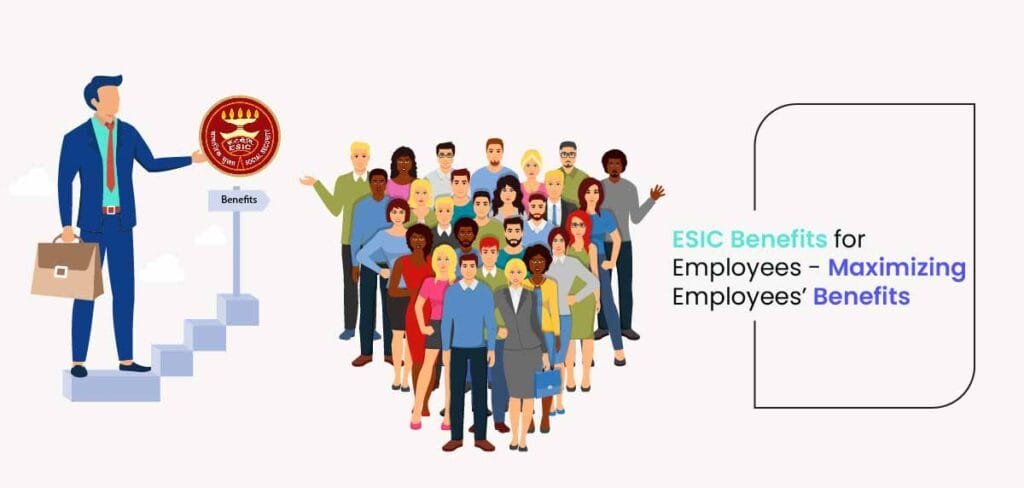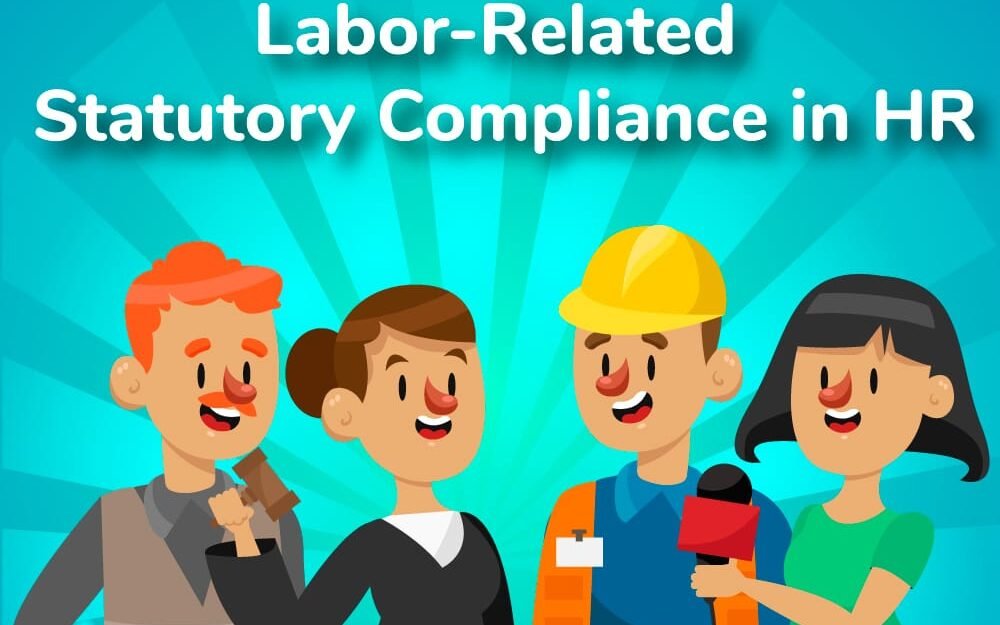The Importance of Payroll Compliance: A Universal Need for Indian MNCs and Small Businesses
Payroll compliance is a fundamental aspect of business operations that cannot be overlooked, especially in a complex and highly regulated environment like India. Whether you are a multinational corporation (MNC) with a global presence or a small business just starting, adhering to payroll compliance is critical to your business’s success. As we approach 2025, the importance of payroll compliance is more pronounced than ever. Non-compliance with payroll laws can result in hefty fines, legal challenges, and loss of business reputation. In this blog, we will explore the significance of payroll compliance for Indian MNCs and small businesses, its impact on their growth, and how they can ensure compliance to stay on the right side of the law. Table of Contents Understanding Payroll Compliance in India Payroll compliance refers to a business’s obligation to adhere to the laws, rules, and regulations concerning employee compensation, taxes, benefits, and other financial aspects. In India, payroll compliance involves ensuring that a company follows federal and state-specific regulations under labor laws, income tax laws, social security laws, and other statutory requirements. The major compliance areas for businesses in India include: Key Components of Payroll Compliance in India Here are some of the essential elements that businesses need to focus on to remain compliant: Why Payroll Compliance Matters for Indian MNCs and Small Businesses Payroll compliance is vital for every business, but the significance is particularly pronounced for both MNCs and small businesses operating in India. Let’s explore why payroll compliance is essential for these two types of businesses: 1. Avoidance of Legal Penalties One of the primary reasons payroll compliance is important is to avoid legal penalties. In India, non-compliance with payroll laws can lead to heavy fines, interest charges, or even legal cases. Failing to adhere to statutory compliance in areas such as PF contributions, ESI, or TDS can attract penalties that may affect the financial health of a business. Example: A small business in Mumbai failed to deduct TDS from employee salaries over several months. The authorities imposed a penalty of 30% of the unpaid tax amount, along with interest on the overdue amount. This led to a substantial financial burden and disrupted the business’s operations. 2. Improved Employee Trust and Retention Employees expect timely and accurate payment of their salaries, along with the proper deductions for taxes and benefits. Payroll compliance helps build trust with employees by ensuring they receive the correct pay, contributions to retirement benefits, and other entitlements. Businesses that fail to comply with payroll regulations risk disgruntled employees, higher turnover, and reduced morale. Example: An MNC in Bangalore consistently ensured timely and accurate payments of salaries, PF contributions, and tax deductions. This led to high employee satisfaction and reduced turnover rates, fostering a stable and motivated workforce. 3. Enhances Business Reputation Payroll compliance also plays a role in building a company’s reputation. A business that follows all payroll-related regulations demonstrates responsibility and professionalism, which can be beneficial in attracting top talent, customers, and investors. Non-compliance, on the other hand, can harm the reputation of a business and make it difficult to retain employees. Example: A large IT firm in Delhi was able to build a reputation as an employer of choice by maintaining 100% payroll compliance, which led to increased recruitment of skilled professionals. 4. Minimizing Risks of Audits and Inspections Businesses in India are subject to periodic audits and inspections by government agencies such as the Income Tax Department and the Employees Provident Fund Organization (EPFO). Payroll errors or violations may result in audits, which are time-consuming and costly. By maintaining payroll compliance, businesses can reduce the likelihood of audits and ensure smooth operations. Example: A manufacturing company in Pune that had been maintaining regular payroll audits and compliance received a clean bill of health during a government inspection, avoiding fines and operational disruptions. Common Payroll Compliance Challenges Both Indian MNCs and small businesses face several challenges when it comes to payroll compliance. These challenges are often the result of complex tax laws, evolving labor regulations, and inefficient payroll systems. 1. Complex Tax Laws The complexity of India’s tax laws, including provisions for TDS, GST, and income tax returns, can be a major hurdle. Keeping up with frequent amendments and ensuring that the correct tax is deducted and filed on time is a constant challenge for businesses. 2. Handling Employee Benefits Managing employee benefits such as Provident Fund (PF), Gratuity, Bonus, and leave entitlements can be confusing for businesses. Companies must calculate and deduct these benefits accurately and ensure timely payment. 3. State-Specific Payroll Compliance India has diverse laws and regulations across its states. Minimum wage rates, labor laws, and state-specific taxes may vary. Businesses operating in multiple states face the challenge of staying compliant with the laws of each state. 4. Manual Payroll Processing Many small businesses still rely on manual payroll processing, which increases the likelihood of errors in tax calculations, benefits administration, and wage payments. This can lead to discrepancies, penalties, and employee dissatisfaction. Payroll Compliance Strategies for Indian Businesses To ensure payroll compliance, both Indian MNCs and small businesses can adopt a few key strategies: 1. Automate Payroll Processing One of the most effective ways to ensure payroll compliance is to automate payroll processing through payroll software. This software can help businesses calculate tax deductions, track employee benefits, and generate accurate pay slips. Automation also reduces the chances of errors that may arise from manual processing. Example: An MNC in Hyderabad implemented a cloud-based payroll management system that automatically updates the latest tax rates and statutory requirements, ensuring timely and accurate salary payments and deductions for employees across multiple states. 2. Regular Training and Updates for HR Teams Payroll compliance requires staying updated with the latest laws and regulations. HR teams should undergo regular training to ensure they are aware of changes in tax laws, minimum wage rates, and other statutory obligations. Additionally, companies should allocate resources for ongoing education about compliance best practices. 3. Engage a Payroll Compliance Service Provider For both







